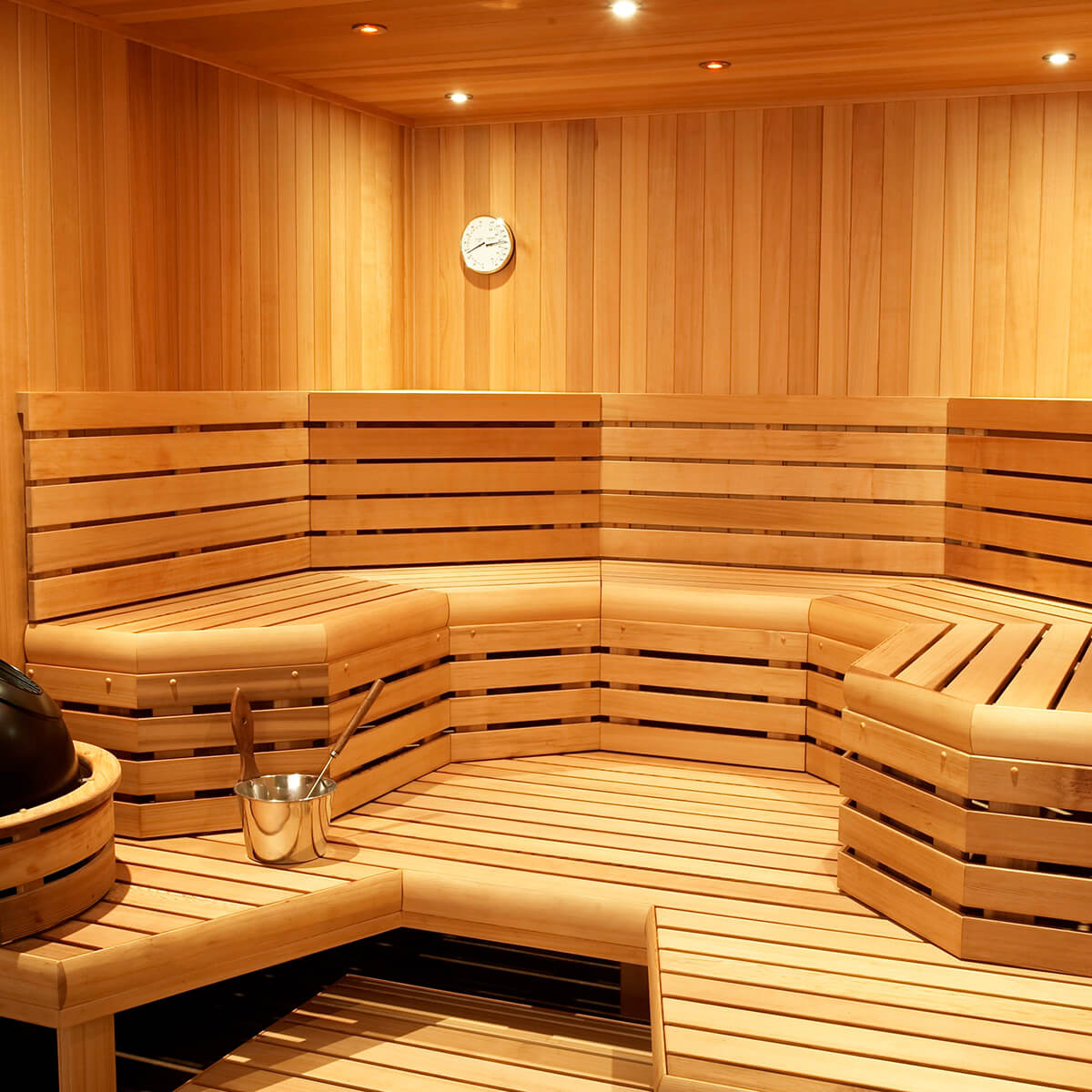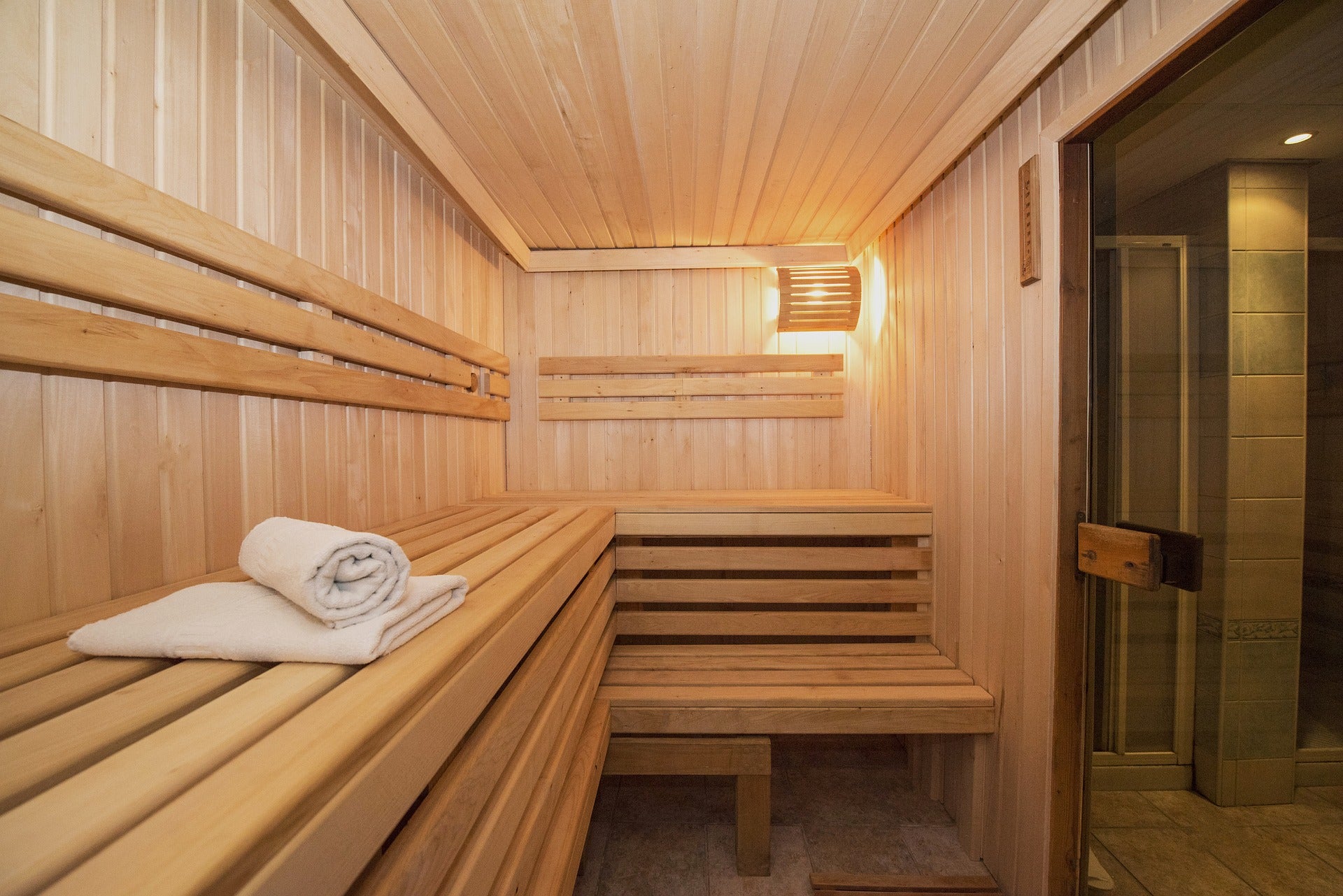The Ultimate Guide To Traditional Sauna
The Ultimate Guide To Traditional Sauna
Blog Article
More About Traditional Sauna
Table of ContentsTraditional Sauna - An OverviewSome Ideas on Traditional Sauna You Need To KnowThe Only Guide for Traditional SaunaThe 20-Second Trick For Traditional Sauna
A lot of the weight shed in a sauna is water loss and is re-gained upon rehydrating. Without a question sauna can be an important component of a healthy weight loss program. To check out the distinctions in between typical and IR saunas, I will divide these right into verifiable, academic, and made distinctions.Therefore, the most popular factor in the saunawhich is at the ceiling directly over the sauna heateris normally between 185 and 190 F. Traditional Sauna. Claims that a standard sauna surpasses 200 F is just not true and not applicable for electrical saunas offered in the US. The temperature for a far-infrared sauna is usually established in between 120 and 140 F; however, unlike the typical sauna, the objective in and IR room is not to attain a heat
As a result of this, the temperature level distinction is almost unnecessary, considering that profuse sweating causes both sauna types, but the technique of heating the body is various. In an IR sauna the bather will really feel hot and will sweat a lot, however at much reduced temperature levels. Therefore, if the goal is to invest longer periods of time in the sauna, the IR sauna is an excellent selection.

Traditional Sauna Can Be Fun For Anyone
When the high temperature is accomplished, the aspects cycle on and off to preserve the heat. A lot of typical sauna customers enjoy pouring water over the rocks to create steam to raise sauna humidity levels. The benefits of pouring water over the rocks include: making the space more comfy, moistening the nasal passages, and allowing the use of aromatherapy by mixing essential oils with the water.
In a far-infrared sauna, the warm front permeate the body to efficiently warm the body and elevate the body core temperature. To achieve this increased temperature, Far-infrared emitters create infrared power which is close to the very same wavelength as that which the body normally emitsoften described as the "Important Range" of 7 to 14 microns), so the energy is well received by the body.
When the energy goes into the body, it causes the body temperature to increase and ultimately causes sweat. In an infrared sauna it is very important for the emitters/heaters to stay on nearly continuously. Because there is no mass of rocks to keep warmth, the sauna will cool if the emitters closed off.
As stated over, the sauna bather in an infrared room intends to place himself in front of running emitters to obtain maximum take advantage of the warm. The heating time for the two areas can be extremely different, relying on exactly how the rooms are made use of. For a typical sauna, a bather must allow 30-40 mins for the space to attain a wanted temperature and to effectively pre-heat the rocks.
Little Known Questions About Traditional Sauna.
A well created sauna will generally accomplish a temperature level of 150-160 F in concerning 30-40 mins. For hotter temperatures, the room may need to warm for a longer duration.
To some, 15 mins was "wasted" while the infrared energy heated the timber panels as opposed to heating a body, while others find a pre-heated room to be a lot more comfy and believe an elevated starting temperature is essential to begin perspiring. The length of suggested use for each space is about the same (10-15 mins per session); however, due to the lower air temperatures and the ability to feel the effects of infrared heat quicker than a standard sauna, it is not uncommon for an individual to spend a total of 20-30 minutes in an infrared sauna.
Standard saunas have a tendency to be larger (for this reason use more electricity) than infrared saunas, although traditional saunas are absolutely offered in one and two individual dimensions. For a two-person conventional sauna, 5x6 or 5x7 size is helpful hints most popular. The leading bench can pleasantly seat two or three individuals and is likewise enough time to relax throughout the sauna session.


The ordinary expense per kWH of electricity in the U.S. is approximately $0.11, so a 4.5 kW heating unit will cost about $.50 to run for one hour, if the heater runs constantly for one hour. Generally a sauna heating system will compete 75% of the very first hour and 50% of succeeding click now hours on given that the elements cycle once the established temperature is attained.
Facts About Traditional Sauna Revealed
A 2 individual far-infrared area is usually physically smaller than a typical sauna, frequently regarding 4' x 4' or smaller. The IR heating unit is normally 1.5-1.7 kW making use of a 120 volt 15 amp plug-in solution. Given that the area can be made use of sooner than a sauna room, we will think the area is made use of for to of an hour consisting of warm up time.
Ultimately, there is a seldom talked about distinction in the social experience in between both spaces. While our culture has shed several of the social advantage of the standard sauna experience, it can be really socially satisfying. From family members time in the sauna, to heart-felt discussions with loved ones, to sauna partiesthe typical sauna experience can bring about intimate interacting socially.
The majority of higher end infrared rooms consist of colored light treatment, Going Here sound systems and full-glass fronts.
Report this page